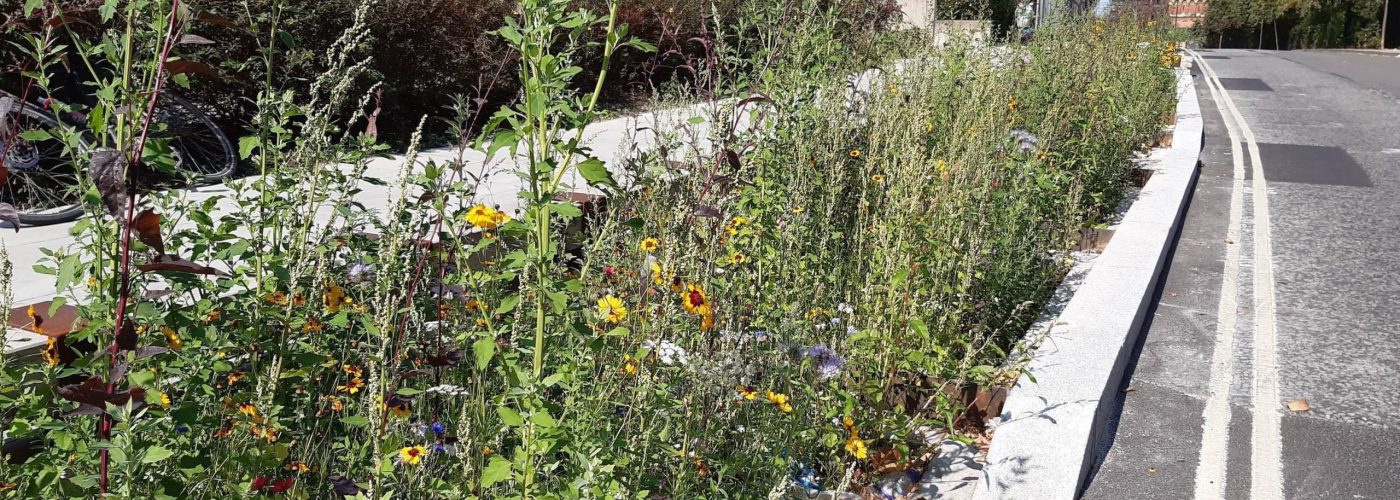With an increase in the built urban environment over the UK and plans to build 300,000 new homes every year, the permeable land across the country is diminishing, meaning surface runoff water is overwhelming drainage pipes. What, if anything, can new homes and commercial property developers, local authorities, and planners be putting in place to alleviate the strain? Here Raj Somal, Director at the sustainable engineering consultancy, Dice, explores why the UK needs to invest in SuDS.
Over the last six years there has been considerable investment in protecting property from the risk of flooding.
Government investment between 2015 – 2021 of £2.6 billion has seen over 314,000 homes become better protected with more than 850 new flood and coastal erosion defence projects completed.
It’s suggested that this work is estimated to have reduced national flood risk by five percent.
But for homeowners living in at risk areas, does this offer enough reassurance that the issue of flooding is being taken as seriously as it should? And is investing in SuDS, Sustainable Drainage Systems, the way we should be going?
SuDS mimic natural water systems and are an efficient way to manage surface water drainage.
Here at Dice, we’re committed to the UK investment in SuDS.
SuDS are designed with four key components in mind – water quality, water quantity, amenity, and biodiversity. By designing SuDS which follow these four pillars, they will effectively be used to control, absorb, and treat surface runoff.
They are specifically designed to not cause an eyesore to the area, and are integrated through strategic development and planning into the local landscape.
SuDS can be underground and overground, but it’s those on the surface which provide the most opportunity and benefits for treating surface runoff within the built environment.
There are several different types of SuDS which are slowly being implemented across the UK, for both larger and smaller scale projects.
For example, detention basins are storage basins covered in vegetation to capture and store run-off which is then slowly discharged via a restricted outfall, reducing the impact on drainage features downstream.
On a smaller scale, swales are shallow, flat bottomed, vegetated open channels designed to convey, treat, and often attenuate surface water runoff.
But why do these urban drainage systems need to be as sustainable as possible? We recognise the importance of protecting our natural environment, and it is becoming increasingly obvious that the UK must protect its existing resources.
One of which is water. Implementing SuDS into the UK’s built environment will allow us to truly make the most of surface water run-off which would otherwise be wasted. SuDS offer great advantages to the local landscape, vegetation, and wildlife, whilst also helping to reduce the impact of ever growing concerns of flooding. .
SuDS can provide better quality spaces to the newly built environment whilst simultaneously being advantageous for the climate and biodiversity of the UK by managing, absorbing and controlling water surface run-off.
Building, Design & Construction Magazine | The Choice of Industry Professionals





